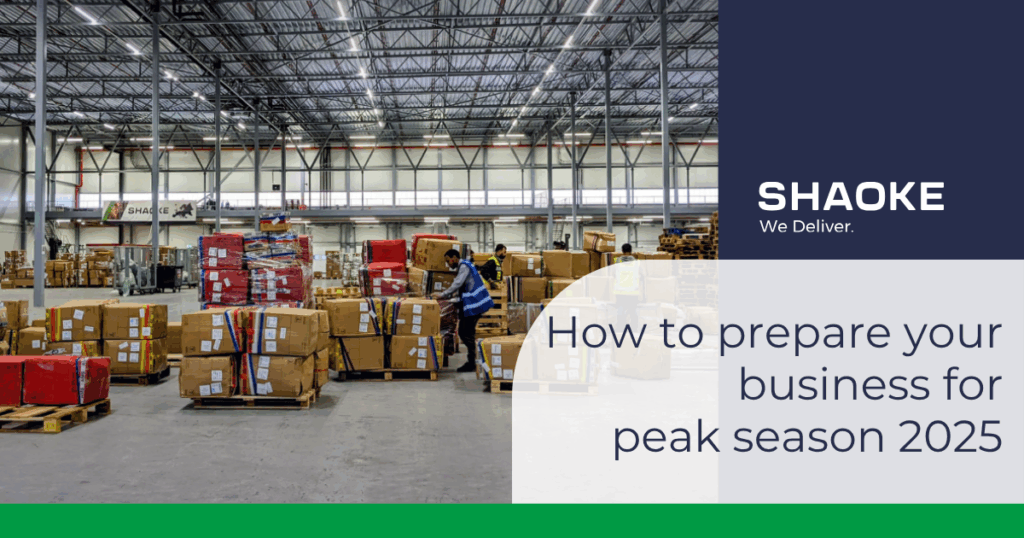
The 2025 holiday peak season will bring familiar pressure but a few new twists. Global online retail is projected to reach about 6.4 trillion dollars this year, according to eMarketer’s Global E-commerce Forecast 2025. In the U.S., Adobe Analytics expects online holiday sales between November and December to reach 253.4 billion dollars, a 5.3 percent rise from 2024. While the growth is steady, logistics costs are moving in the opposite direction. FedEx has already confirmed higher “demand” surcharges for the 2025 peak window, starting earlier and applying to more shipment categories than before (FedEx, 2025 Demand Surcharge Notice). This means businesses can expect higher last-mile expenses even before parcel volume peaks.
Customer behaviour is also changing fast. Adobe’s Holiday Shopping Report 2025 shows that artificial intelligence is now embedded in the buying process, more than one in four online purchases last season were influenced by AI-driven product recommendations. At the same time, mobile commerce now accounts for over 56 percent of total online spend, a clear signal that shoppers are not just browsing but buying directly on their phones. For logistics teams, that means a surge in smaller, faster orders. Often with limited delivery windows and high expectations for real-time tracking.
The new surcharge structure adds another layer of complexity. Supply Chain Dive reported in September 2025 that FedEx’s demand surcharges this year are up to 20 percent higher than last year, especially on residential and large-package deliveries (Supply Chain Dive, “FedEx Raises Holiday Demand Surcharges for 2025”). For shippers, it’s no longer enough to forecast one “peak”, instead, modelling several demand scenarios and simulating cost impacts by region and carrier has become standard. Multi-carrier routing, flexible service levels, and clear thresholds for switching carriers can make the difference between profitable and loss-making weeks.
Another critical area is operational resilience. During the 2024 season, carrier performance dropped noticeably: ShipMatrix reported that on-time delivery rates fell several points across major networks in December (ShipMatrix Peak Season Report 2024). That should prompt companies to set realistic customer promises and automate their communication flows, from cut-off times to delay notifications. Likewise, post-holiday returns are rising sharply; Adobe noted a 17 percent year-on-year increase in return volume in January 2025. Without dedicated reverse logistics capacity, returns can block outbound fulfilment and create service backlogs.
Overall, 2025’s peak season will be more data-driven, cost-sensitive, and capacity-constrained than previous years. The winners will be those who plan early, base decisions on carrier data and consumer trends, and build flexible logistics models that can absorb both surcharges and short-term spikes. As eMarketer’s forecast suggests, the market will keep expanding, but the margin for error in logistics will continue to shrink.
Sources
- eMarketer (2025). Global E-commerce Forecast 2025.
- Adobe Analytics (2025). U.S. Holiday Shopping Forecast 2025.
- Adobe (2025). Holiday Shopping Report 2025: AI and Mobile Trends.
- FedEx (June 2025). 2025 Demand Surcharge Notice.
- Supply Chain Dive (September 2025). “FedEx Raises Holiday Demand Surcharges for 2025.”
- ShipMatrix (January 2025). Peak Season Report 2024.

